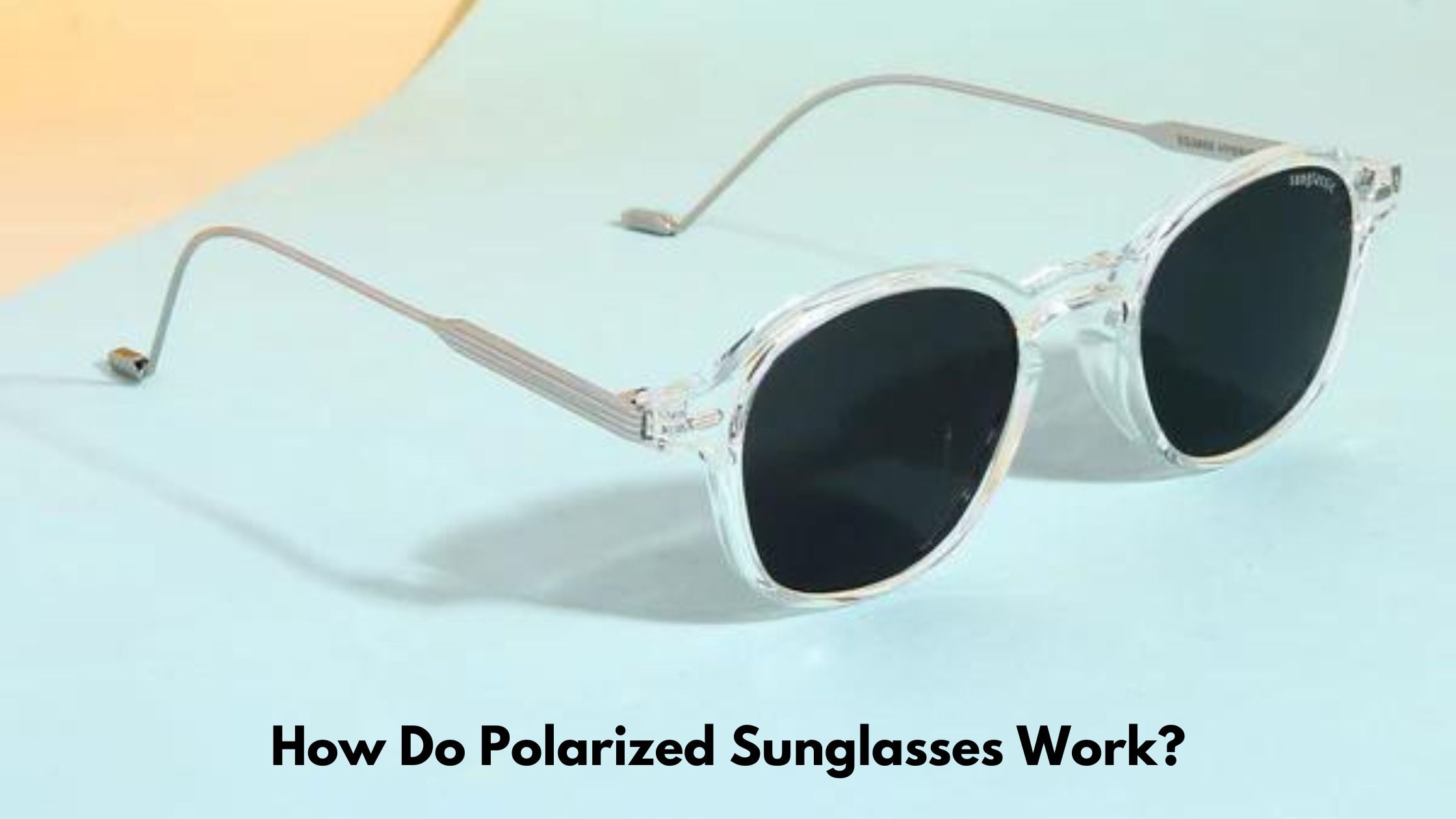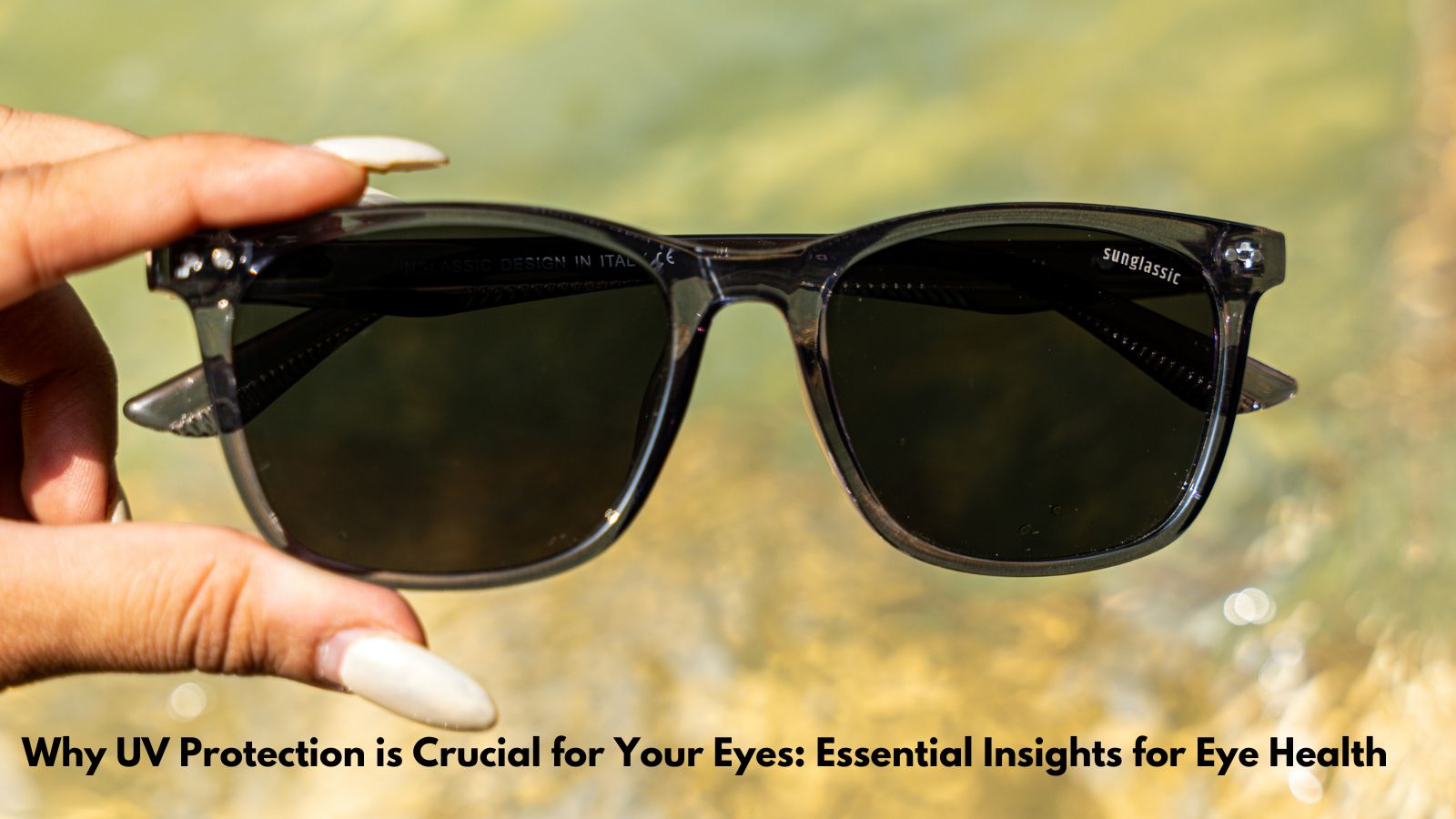
How Do Polarized Sunglasses Work?
To understand how polarized sunglasses work, we first need to grasp the concept of light and polarization. Light travels in waves and can vibrate in many directions. When light reflects off surfaces like water, snow, or roads, it tends to become polarized, meaning it vibrates more in one direction—typically horizontally. This horizontal light creates glare, which can be not only annoying but also dangerous, especially while driving or engaging in outdoor activities.
Polarized lenses are designed to combat this glare. They contain a special filter that blocks horizontal light waves, allowing only vertically oriented light to pass through. This reduces the glare and provides a clearer, more comfortable view.
The Science Behind Polarized Lenses
Polarized lenses work through a chemical coating applied to the lens. This coating contains molecules that are aligned in such a way that they block out horizontal light waves. Here’s a step-by-step breakdown of the process:
-
Reflection and Polarization: When light hits a flat surface, it reflects and becomes polarized. This reflected light causes glare.
-
Polarized Filter: The polarized lenses have a special filter with molecules aligned vertically. This filter acts like a Venetian blind, blocking horizontal light waves and allowing vertical light waves to pass through.
-
Reduced Glare: By blocking the horizontal waves, the polarized lenses significantly reduce glare, making it easier to see clearly and comfortably.
Benefits of Polarized Sunglasses
Polarized sunglasses offer several benefits that go beyond just reducing glare. Here are some of the key advantages:
-
Enhanced Visual Comfort: By reducing glare, polarized sunglasses make it more comfortable to be outdoors, especially in bright sunlight.
-
Improved Clarity and Contrast: Polarized lenses improve visual clarity and contrast, making objects appear sharper and more distinct.
-
Reduced Eye Strain: Constant squinting due to glare can cause eye strain and fatigue. Polarized sunglasses alleviate this problem, allowing you to enjoy outdoor activities for longer periods.
-
Better Safety: Glare can be dangerous, especially while driving or engaging in sports. Polarized sunglasses enhance safety by providing a clearer view.
-
True Color Perception: Unlike some tinted lenses, polarized lenses do not distort colors, allowing you to see the world in its true hues.
When to Use Polarized Sunglasses
Polarized sunglasses are ideal for various activities and environments. Here are some scenarios where they can be particularly beneficial:
-
Driving: Glare from the road and other vehicles can be a significant hazard while driving. Polarized sunglasses reduce this glare, improving visibility and safety.
-
Water Activities: Whether you’re boating, fishing, or simply enjoying a day at the beach, polarized sunglasses can help you see beneath the surface of the water by reducing the glare.
-
Winter Sports: Snow and ice can create intense glare, making it difficult to see clearly. Polarized lenses enhance visibility and reduce eye strain during activities like skiing and snowboarding.
-
Outdoor Sports: From golfing to cycling, polarized sunglasses can improve performance by providing a clearer view of the playing field or road.
-
General Outdoor Use: Anytime you’re outdoors in bright sunlight, polarized sunglasses can enhance your visual experience and protect your eyes from harmful UV rays.
Choosing the Right Polarized Sunglasses
When selecting polarized sunglasses, there are a few factors to consider to ensure you get the best pair for your needs:
-
Lens Color: Polarized lenses come in various colors, each suited for different environments. Gray lenses are versatile and maintain true color balance, while brown or amber lenses enhance contrast and depth perception.
-
UV Protection: Ensure that the sunglasses offer 100% UV protection. Polarization and UV protection are separate features, so it's crucial to have both.
-
Frame Style and Fit: Choose a frame that fits comfortably and suits your style. Wraparound frames can offer additional protection by blocking light from the sides.
-
Quality and Durability: Invest in a high-quality pair of polarized sunglasses from a reputable brand to ensure durability and effectiveness.
Common Myths About Polarized Sunglasses
Despite their popularity, there are some common misconceptions about polarized sunglasses. Let’s debunk a few of them:
-
Myth: Polarized Sunglasses Are Only for Fishermen and Boaters: While these activities benefit greatly from polarized lenses, anyone can enjoy the benefits of reduced glare and improved visual comfort.
-
Myth: Polarized Sunglasses Are Too Expensive: While high-quality polarized sunglasses can be an investment, there are also affordable options available that offer excellent performance.
-
Myth: Polarized Lenses Are the Same as UV Protection: Polarization reduces glare, while UV protection blocks harmful ultraviolet rays. It’s important to have sunglasses that offer both features.
-
Myth: Polarized Sunglasses Are Not Suitable for Cloudy Days: Even on cloudy days, glare can be a problem, especially when light reflects off wet surfaces. Polarized lenses can still be beneficial in these conditions.
Caring for Your Polarized Sunglasses
To ensure your polarized sunglasses last long and continue to provide optimal performance, proper care is essential. Here are some tips for maintaining your sunglasses:
-
Clean Regularly: Use a microfiber cloth and a lens cleaner specifically designed for sunglasses to clean the lenses. Avoid using harsh chemicals or abrasive materials that can damage the coating.
-
Store Properly: When not in use, keep your sunglasses in a protective case to prevent scratches and other damage.
-
Handle with Care: Avoid placing your sunglasses lens-down on surfaces and handle them by the frame to minimize smudges and fingerprints.
-
Avoid Extreme Temperatures: Prolonged exposure to high temperatures can damage the lens coating. Avoid leaving your sunglasses in hot environments, like the dashboard of your car.
Conclusion
Polarized sunglasses are an excellent investment for anyone who spends time outdoors. By understanding how they work and the benefits they offer, you can make an informed decision when choosing the right pair for your needs. Whether you’re driving, playing sports, or simply enjoying a sunny day, polarized lenses provide enhanced visual comfort, improved clarity, and better protection for your eyes. Embrace the technology behind polarized sunglasses and experience the world with reduced glare and increased clarity.
For more information on the latest styles and trends in polarized sunglasses, visit sunglassic.com and explore our wide range of options designed to elevate your style and protect your eyes.
SHOP BY SHAPE
WORN BY OVER 200.000 PEOPLE WORLDWIDE








Leave a comment
This site is protected by hCaptcha and the hCaptcha Privacy Policy and Terms of Service apply.